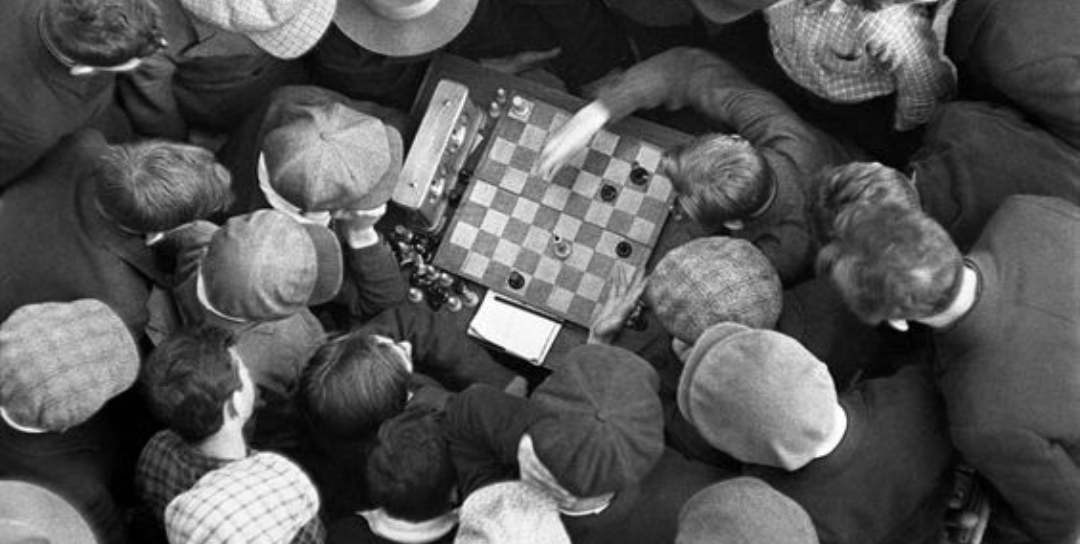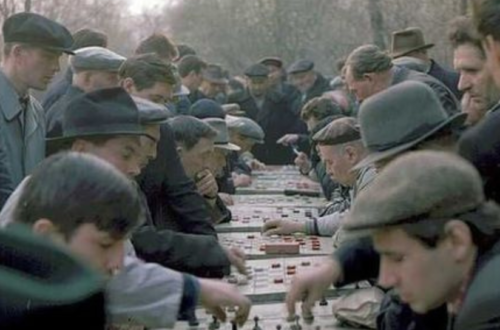
Piece Coordination: Unleashing Tactical Synergy on the Chessboard
Effective piece coordination is a fundamental aspect of chess strategy that can dramatically enhance your gameplay. When your pieces work together harmoniously, they create tactical synergies, control key areas of the board, and exert immense pressure on your opponent. In this expert-level article, we explore the strategic depths of dynamic piece coordination, providing insights, practical examples, and effective strategies to unlock your chess pieces’ full potential.
Understanding Piece Coordination
To unleash the power of dynamic piece coordination, it is vital to understand the underlying principles and concepts that govern this strategic aspect of chess. Discover the importance of centralization, piece activity, harmonious development, and the interplay between different types of pieces.
Centralizing the Pieces
Centralization is a key element in coordinating your pieces effectively. Learn how to position your pieces in the central squares to maximize their influence on the board. Explore the advantages of centralized knights, bishops, rooks, and the queen, and understand how they can collaborate to dominate the chessboard.
Creating Harmonious Outposts
Outposts are strategically placed squares that provide a solid base for your pieces, ensuring their stability and increasing their potential. Discover how to identify and establish strong outposts for your knights and other pieces, leveraging their position to launch devastating attacks and restrict your opponent’s counterplay.
Harmonizing Piece Development
Coordinating the development of your pieces is crucial for establishing a strong presence on the board. Learn how to orchestrate a harmonious piece development plan, ensuring that each piece supports and reinforces the others. By coordinating their development, you create a cohesive force that is difficult for your opponent to withstand.
Exploiting Tactical Synergies
Dynamic piece coordination often leads to tactical opportunities and powerful combinations. Explore the tactical motifs that arise from well-coordinated pieces, such as pins, forks, discovered attacks, and sacrifices. Uncover how these tactical synergies can help you exploit weaknesses in your opponent’s position and achieve decisive advantages.
Strategic Maneuvers and Piece Exchanges
Strategic maneuvering is an essential skill when it comes to dynamic piece coordination. Learn how to maneuver your pieces to optimal squares, exploiting weaknesses in your opponent’s position. Additionally, gain insights into evaluating piece exchanges and when it is advantageous to trade pieces to enhance your overall position.
Read more articles about chess here.





